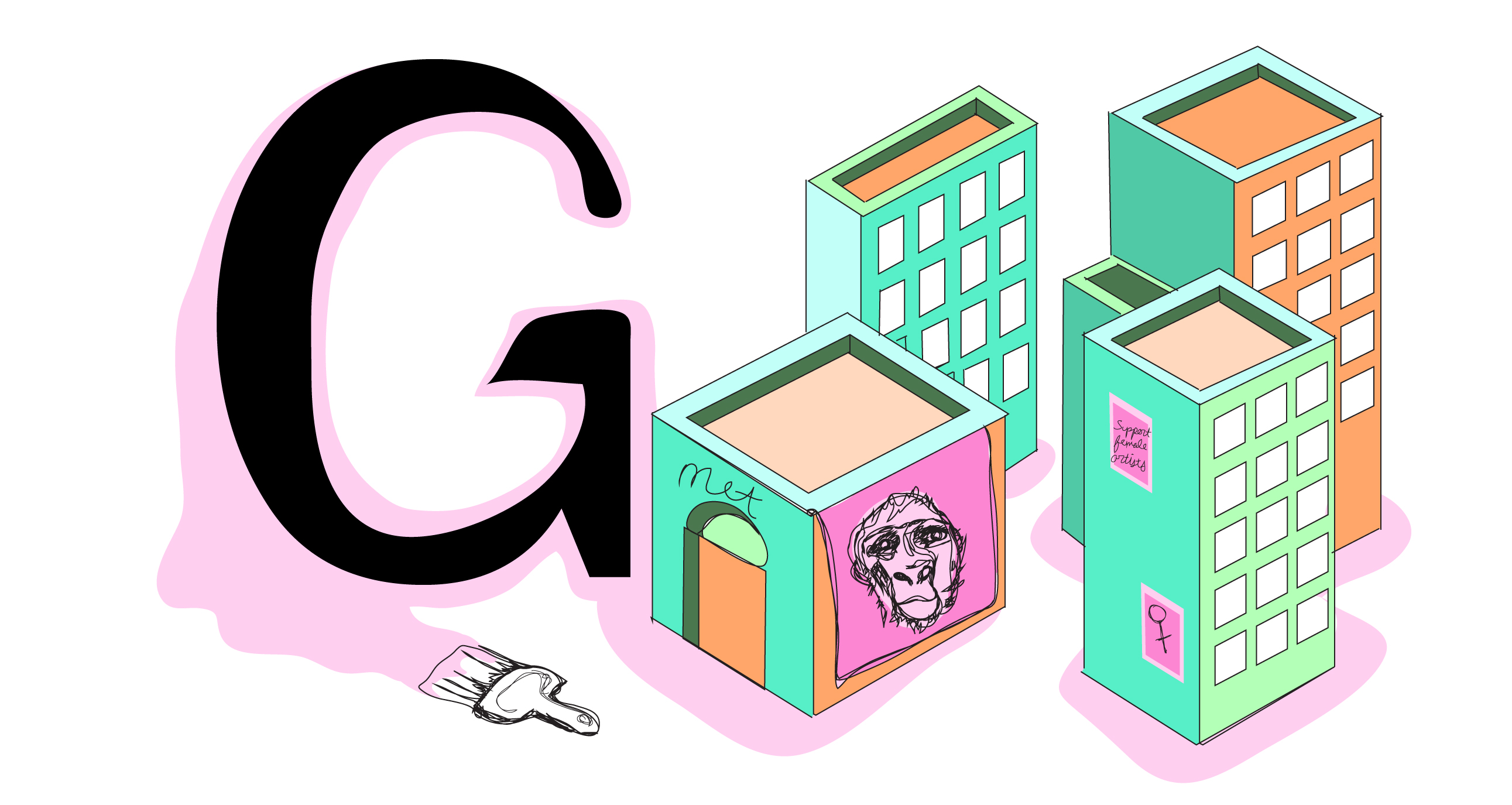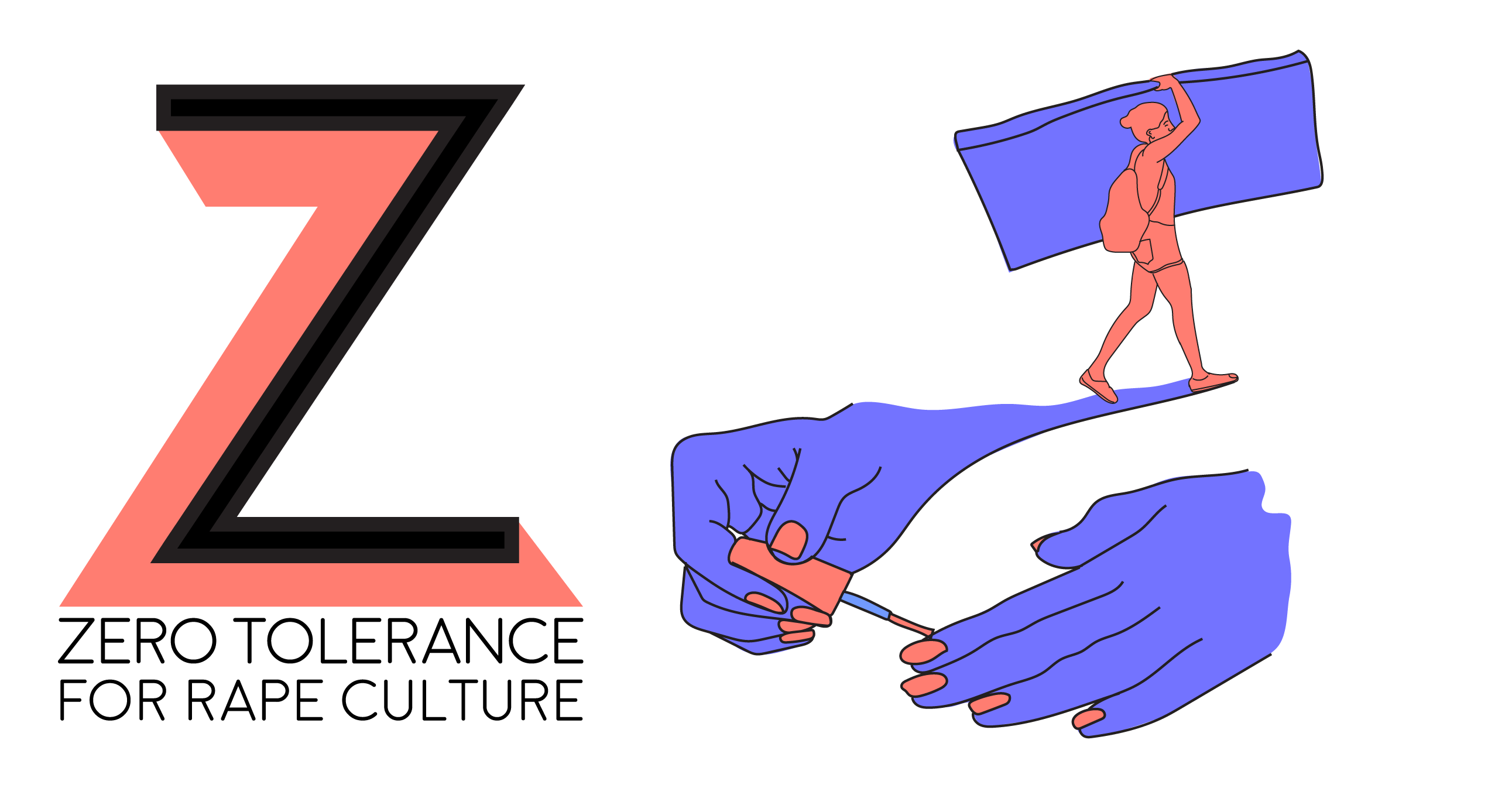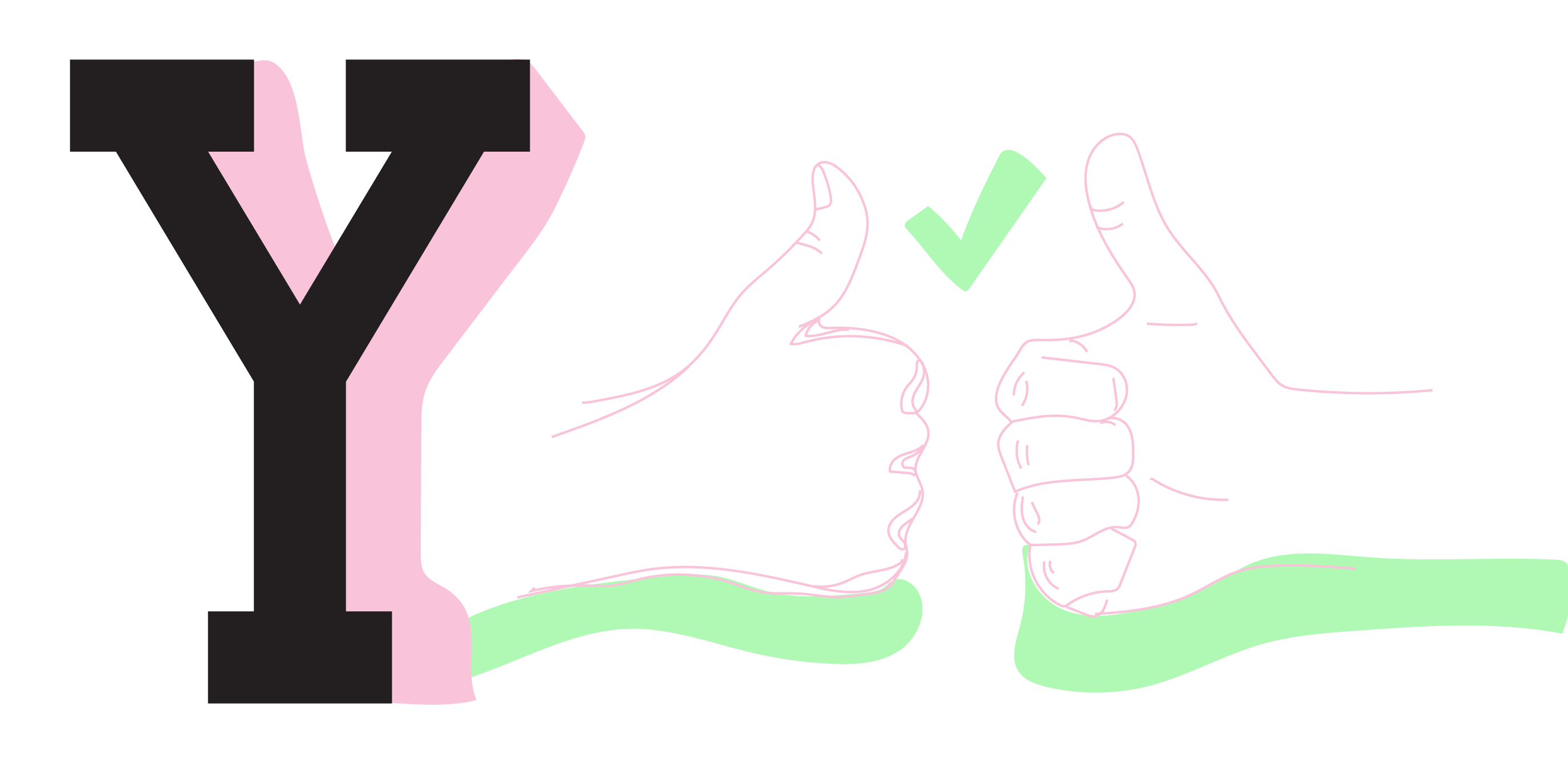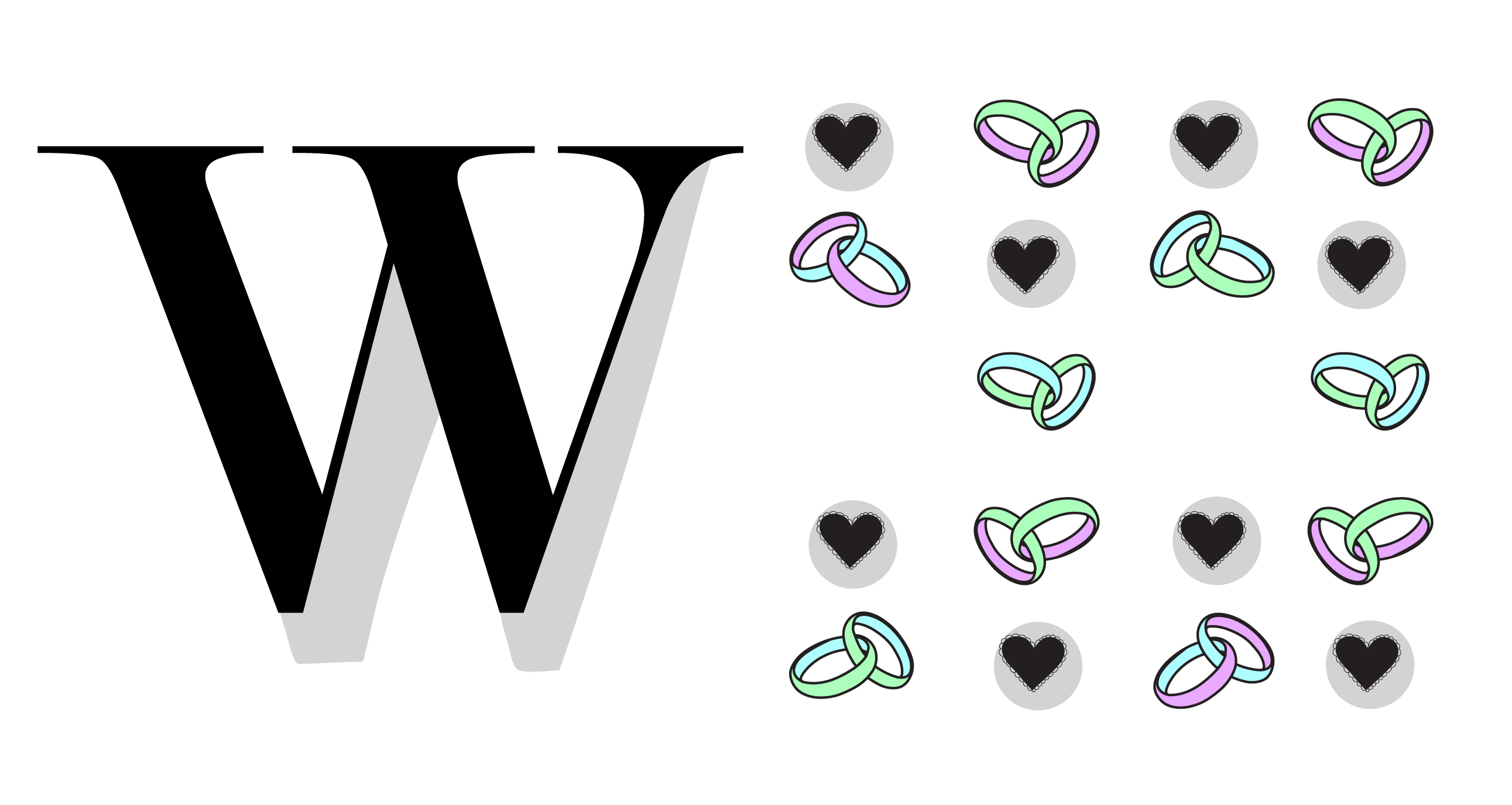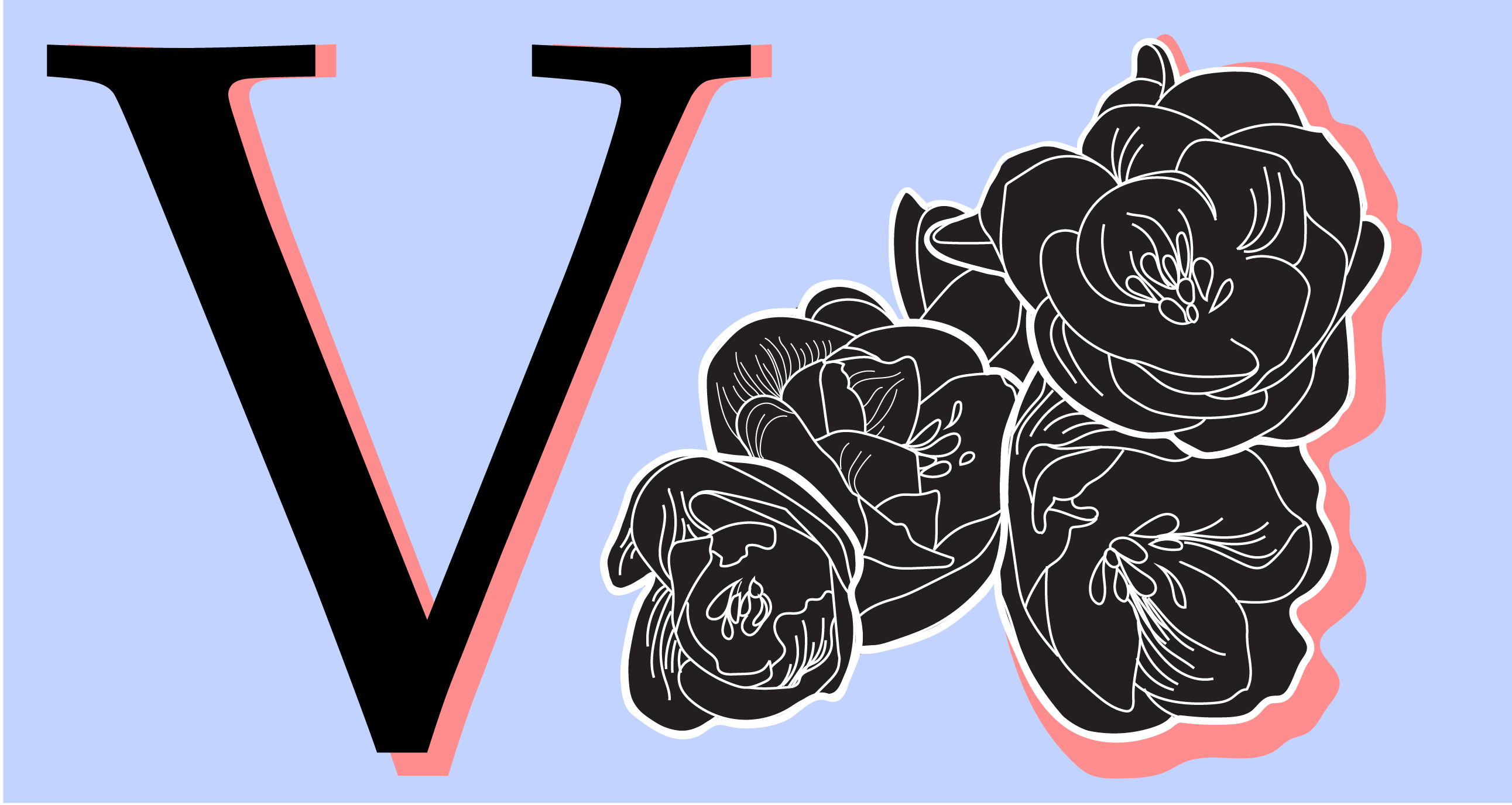G is for Guerrilla Girls
They’re feminists. They make art that challenges discrimination and social injustice. They run around in the middle of the night pasting up hundreds of provocative posters, and they do it while wearing gnarly gorilla masks.
They are a completely kickass group of women called the Guerilla Girls.
The Guerilla Girls have been around since 1985. The group originated as a response to an exhibition at the Metropolitan Museum of Art in 1984, “An International Survey of Painting and Sculpture,” which only included 17 female artists and no people of color out of 169 featured artists. Several women thought this outrageous inequality should not go unnoticed and thus formed the Guerilla Girls, a feminist movement with the goal of creating “greater representation of female artists and people of color in the art world” (Suzanne Lustig).
They did so through creative posters that highlighted the sexism, racism and other forms of oppression.
Two of their original posters, which they called “public service announcements” and were pasted on walls around New York, can be found here and here.
Eventually, their work expanded to other creative expressions of dissent, and their projects would include “over 90 posters, actions, billboards, postcards, books, and magazine projects.” Two of their most prominent works, and my personal favorites, include the 1989 posters “When Racism and Sexism Are No Longer Fashionable, What Will Your Art Collection Be Worth?” and “Do Women Have to Be Naked to Get Into the Met. Museum?”
So what’s with the gorilla masks? According to this interview with two of the original Guerrilla Girl founders, the gorilla idea came from a spelling error of the word ‘guerrilla’ by one of the girls in the group. Moreover, as they state in the interviews, “the mask was a great way of distancing ourselves, personally, from the issues.” Anonymity was important not only to protect the women in the movement but also to focus on the concerns of the movement rather on the personal lives of the women involved.
Furthermore, the masks brought a sense of humor and irony that the Guerilla Girls often used in their work, which made their work relatable in addition to being focused and provocative.
The Guerilla Girls haven’t stopped working toward their goal of creating “greater representation of female artists and people of color in the art world.” Today, the movement has separated into three groups. There are the Guerrilla Girls, Inc., who work mostly with text and visual art to initiate social change and promote feminism. The Guerrilla on Tour, meanwhile, are a theater troupe who bring attention to issues regarding women and people of color in the arts using plays, street performances and performance art. There’s also Guerrilla Girls Broad Band, who work on specific topics such as inequality in the workplace, the recruitment for armed forces that targets students and abortion availability through “their wit, website, and interactive multimedia events.”
The combination of these sister groups creates a strong movement working to fight sexism, racism and other social injustices, and who are frankly quite awesome.

